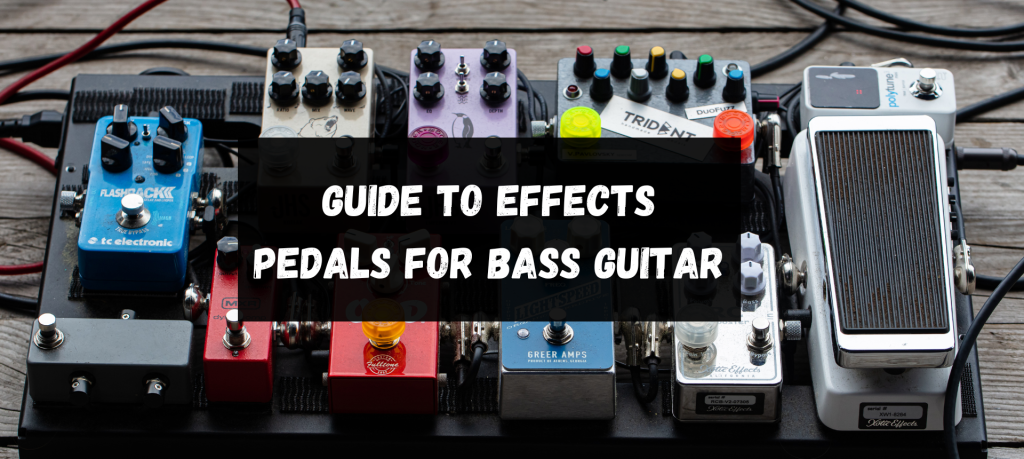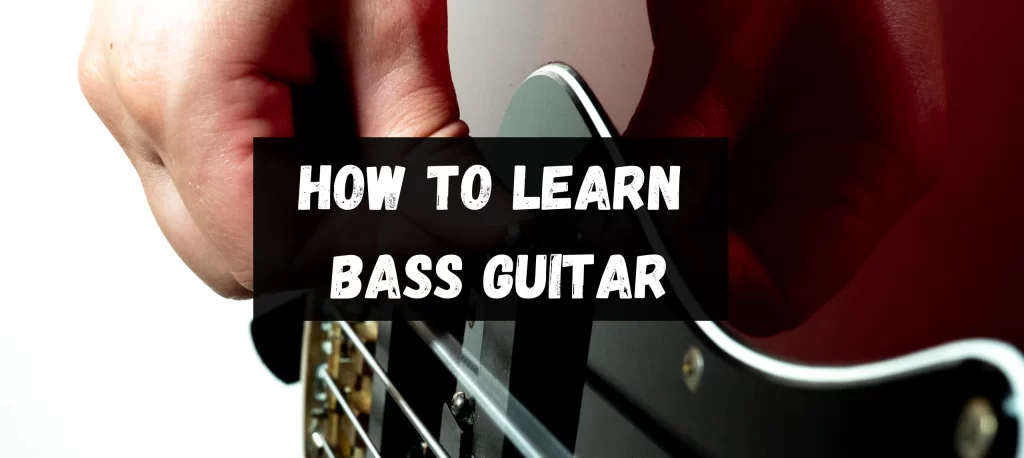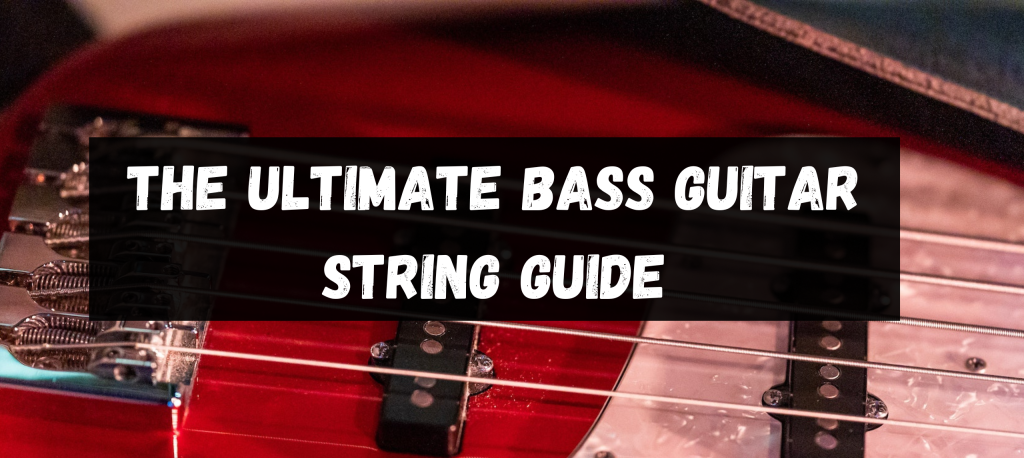March 6, 2024
Howard
Bass guitar exercises are essential routines bassists practice to enhance their playing technique, improve finger strength and skill, and increase speed across the fretboard. These exercises help in mastering various aspects of the instrument, ensuring a more fluid and versatile performance. Adopting a regular practice regimen with these exercises can significantly elevate a player’s skill level. Let’s dive in.
Exercises for Bassists
Here’s a deep dive into some fundamental exercises, ensuring a smoother transition from a beginner to a proficient bassist.
1. Finger Flexibility Drills
These drills consist of exercises meticulously designed to stretch and fortify each finger. Through repeated practice, bassists can ensure their fingers gain suppleness and robustness.
Benefits
- Enhanced finger strength, enabling more robust play.
- Increased flexibility for smooth fretboard navigation.
- Ability to tackle intricate patterns and riffs with ease.
- Paves the way for a more dynamic bass-playing experience.
2. The Chromatic Scale Run
The Chromatic Scale Run involves systematically playing the chromatic scale across the fretboard, ascending and descending in sequence. This exercise not only refines one’s technique but also embeds a deeper understanding of each note’s placement.
Benefits
- Enhanced familiarity with every nook and cranny of the fretboard.
- Accelerated finger speed, leading to swift note transitions.
- Builds a solid foundation for exploring more complex scales and patterns.
- Assists in recognising notes and their relations instantaneously.
3. Finger Independence Workouts
This regimen focuses on exercises that deploy varied finger combinations to articulate distinct sequences. Bassists cultivate heightened individual finger control by challenging each finger to operate autonomously.
Benefits
- Boosted dexterity, enabling more intricate play.
- Individual finger autonomy leads to versatile playing styles.
- Improved coordination between fingers, enhancing play fluidity.
- Reduction in finger fatigue, allowing for extended playing sessions.
4. Hammer-Ons and Pull-Offs
Hammer-ons and pull-offs are quintessential techniques wherein notes are sounded without plucking. Instead, the force of the fingers on the fretboard creates the desired note, lending a smoother transition between tones.
Benefits
- Quicker note transitions, aiding in fluid play.
- Amplified left-hand strength, allowing for sustained performance.
- It offers a distinctive tonal quality, enriching the overall sound.
- Facilitates playing more notes with fewer plucks, increasing efficiency.
5. String Skipping Exercises
String skipping exercises challenge bassists to leap over strings, focusing on playing non-consecutive ones. This manoeuvre tests precision and the ability to swiftly jump intervals without missing a beat.
If you play any scale in intervals greater than 5 you can come up with some cool string skipping exercises. Read my book on Intervals for help!
Remember, always start with your pinky finger, as your longer index finger can reach the strings furthest away easier.
Benefits
- Sharpened right-hand accuracy, ensuring clean note production.
- Enhanced agility, leading to swift and seamless string transitions.
- It fosters a broader range of musical expression by utilising the bass’s full spectrum.
- Prepares players for complex musical pieces with varied string patterns.
6. Fretboard Position Shifting
This exercise emphasises the art of seamlessly transitioning between different positions on the fretboard. By mastering this, bassists can navigate the entirety of their instrument with finesse, ensuring they’re always in the optimal place for the following note.
Playing the chord tones in a major scale will get you playing different fretboard positions.
Benefits
- Fluidity across the fretboard, enabling a more connected playing style.
- Facilitates access to a wider range of notes swiftly.
- Reduces the risk of missed or muffled notes during rapid transitions.
- Increases overall playing confidence, especially during intricate or fast-paced pieces.
7. Slap and Pop Techniques
The slap and pop techniques are distinctive methods in bass guitar playing, where the thumb is employed to slap the string downwards while the fingers are used to pop or pluck the strings upwards. This combination creates a rhythmic and percussive tone, adding a unique flavour to the music.
Benefits
- It achieves a rich, varied sound palette, differentiating the bass tone.
- Augments rhythm skills, adding depth to the overall musical performance.
- Allows bassists to accentuate specific notes, making them stand out.
- Cultivates a dynamic playing style that captivates listeners and fellow musicians.
8. Octave Jumps
Octave jumps task bassists with playing identical notes across different octaves, moving between the lower and higher registers of the bass guitar. This exercise not only refines a bassist’s spatial awareness of the fretboard but also enhances their ability to transition between pitches.
Benefits
- Deepened comprehension of note placements across the fretboard.
- Extended finger reach, facilitating play across wider intervals.
- Enhances tonal versatility, enabling richer musical expressions.
- A solid foundation for compositions that require varied pitch dynamics.
9. Two-Hand Tapping
Two-hand tapping is a mesmerising technique where both hands are actively engaged on the fretboard, tapping notes to produce sound. This advanced style, often associated with virtuoso players, bypasses the traditional plucking and strumming, resulting in a rapid succession of notes.
Benefits
- Heightened coordination between both hands, synchronising their movements.
- Expands the bassist’s repertoire with a range of novel playing techniques.
- Offers a unique, rapid-fire sound, elevating performance aesthetics.
- Challenges and refines finger strength and precision in both hands.
10. Metronome Speed Training
Metronome speed training involves the systematic escalation of tempo while practising, using a metronome to keep time. Starting slow and gradually increasing the beats per minute, bassists challenge themselves to keep pace while maintaining accuracy.
Benefits
- Hones in impeccable timing, ensuring synchronisation with other instruments.
- Enhances rhythm skills, allowing for a more controlled and steady performance.
- Gradual increments in speed bolster playing agility and swiftness.
- Cultivates discipline and consistency in practice, foundational for mastering complex pieces.
Conclusion
My usual warm up exercise usually includes picking a scale and playing it in every position (13 of them) on the neck. Or I sometimes choose to run through YYZ by Rush or Bach’s Cello suite in G Major.
Hopefully, I’ve given you some ideas you can use too! Stay inspired, and keep those strings resonating.

Howard Head
I turn confused bass enthusiasts into bass gods through a simple and logical process.
















